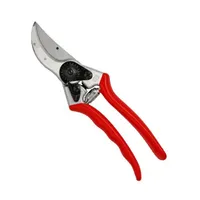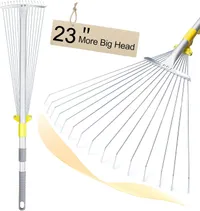Don't skip these garden tasks in October — 9 essential steps to set you up for spring
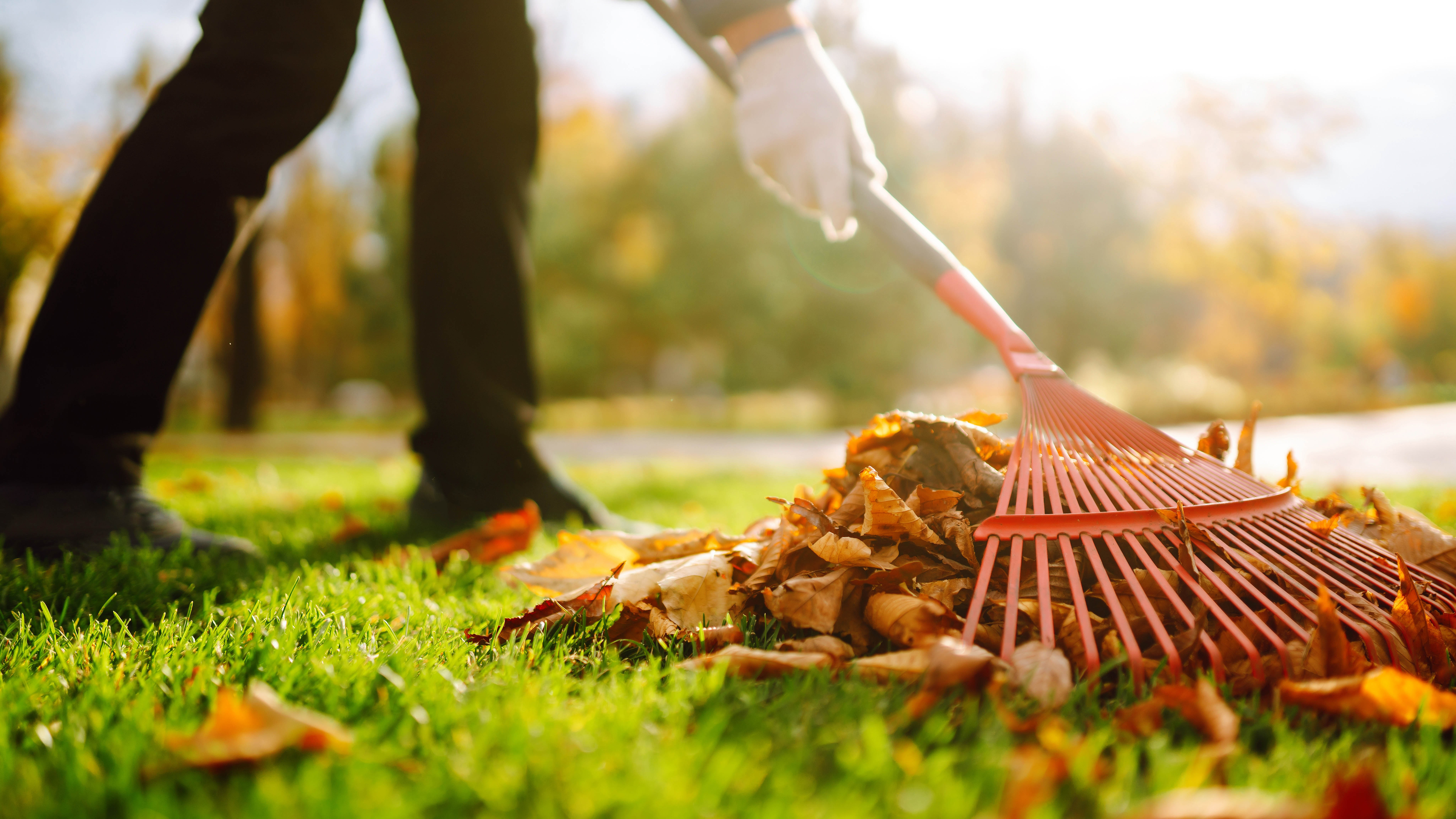
The changing seasons of summer to autumn tend to signal a quieter period in the garden, with fewer flowers blooming and smaller fall harvests. Of course, that doesn’t mean the gardener’s job is done.
As plants approach the end of this year’s lifecycle, it’s time to begin preparing perennials for winter and preparing the rest of the garden for a similar period of dormancy. Taking advantage of these last few warm days will make these tasks easier than working when the soil is frozen.
Many task timelines will depend on regional climates. Some, such as preparing greenhouses for overwintering, may not be necessary at all if you live in deeper southern areas with milder winters.
In general, however, October is a period of transition. This makes it the perfect time to get ahead of weather shifts and ensure that all plants are protected against even unexpected early frosts. It’s also one of the last periods of time when it will be pleasant to potter about in the garden.
These are the nine tasks to focus on in your garden this October:
1. Cut back and divide perennials as needed
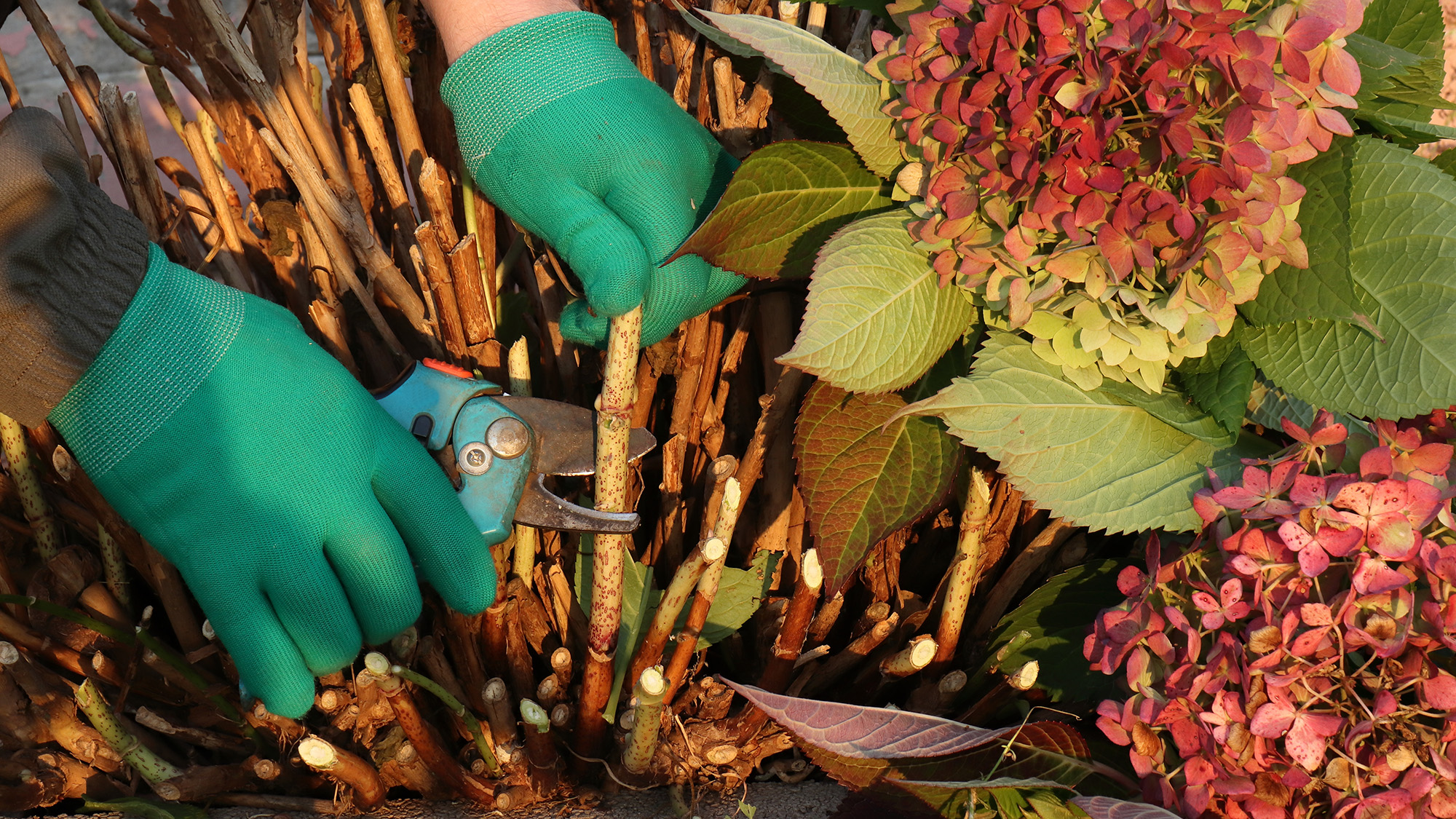
Any perennials in the garden will want to flourish again next year, so give them a headstart by giving them some TLC after a busy growing season.
For most plants, this means pruning away any leggy, damaged, or diseased parts and restoring some shape; for others, you might want to cut them all the way back to ensure the plant doesn’t waste energy on unnecessary growth. This is also a good time to divide the plants that have expanded during the summer.
Get instant access to breaking news, the hottest reviews, great deals and helpful tips.
Dividing perennials gives you more individual plants to fill your beds next year – and won’t cause any harm, as long as it’s done safely.
The Felco 6 Bypass Pruner came out on top in our best pruning shear buying guide. We tested over a dozen pruners and found that the Felco has a sturdy design, yet is lightweight and gives a consistent performance
2. Plant your bulbs for spring
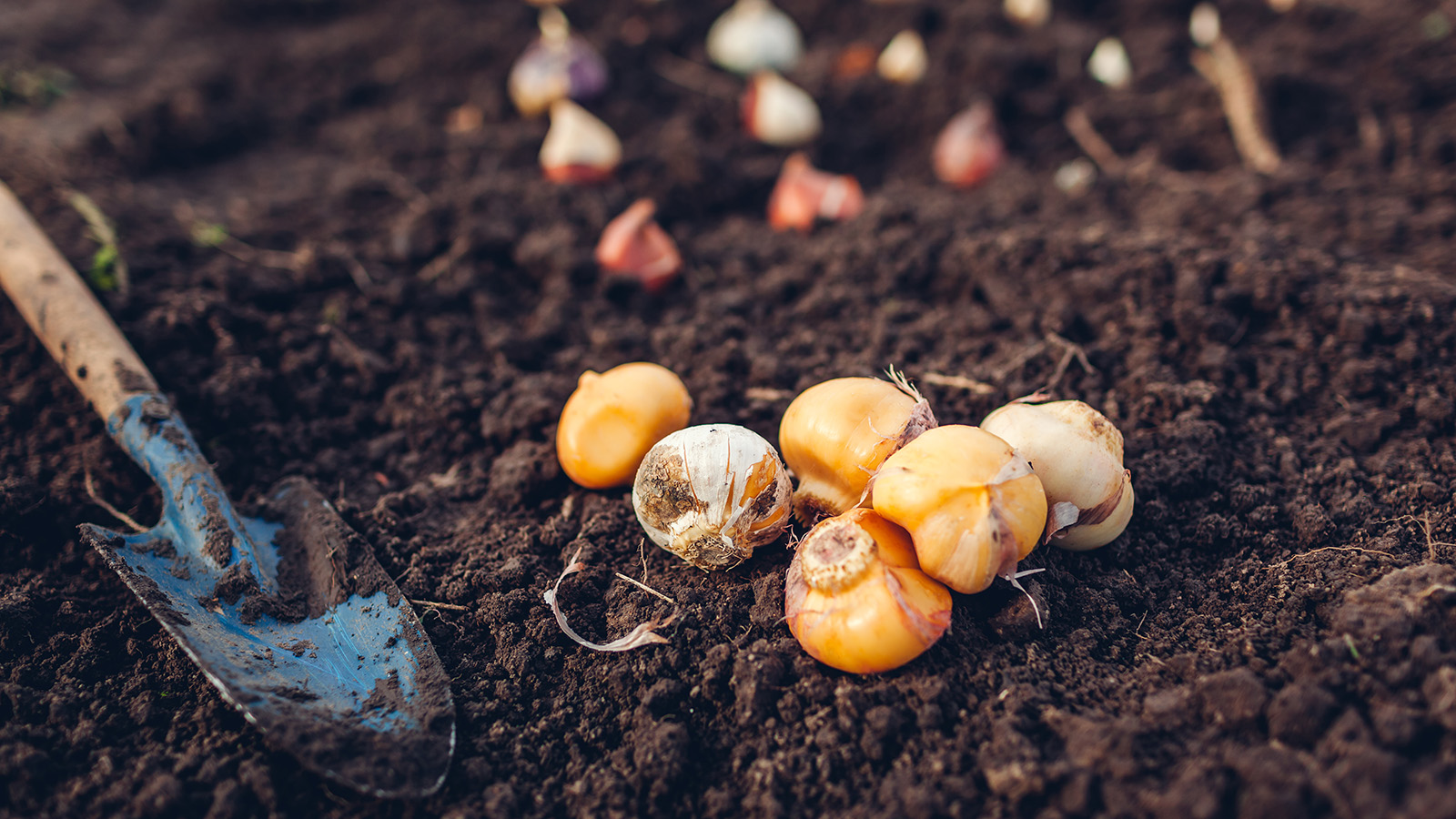
Although many plants are coming to the end of their lifespan, October is actually the perfect time to get started on some spring flowers – specifically, those that grow from bulbs.
Daffodils, tulips, snowdrops and all sorts of other spring blooms emerge each year from bulbs not seeds, and these bulbs need 12-16 weeks of cold before they can burst into flower.
This means you’ll want to get them in the ground in the next few weeks, so they can root down and prepare for spring. If you live in a warmer region, consider “pre-chilling” your bulbs by placing them in a ventilated bag in the bottom drawer of your refrigerator.
3. Prepare your greenhouse or indoor space for overwintering
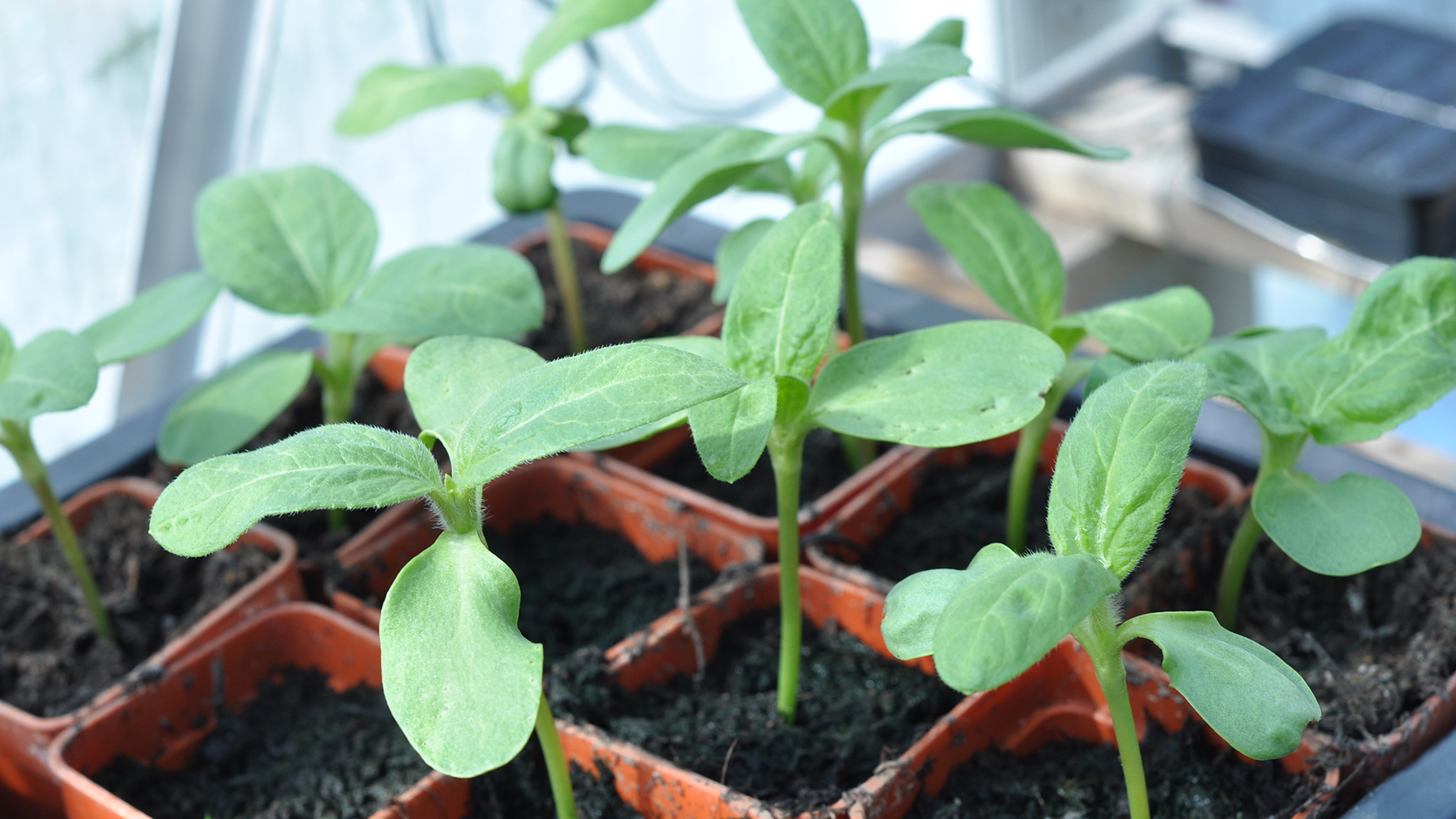
Depending on where you live, it may not be cool just yet, but colder temperatures are coming. If your winters are harsh enough to require moving plants indoors or into greenhouses, then October is the time to get those spaces ready for habitation.
By starting now, you ensure that everything is ready to go as soon as that first cold snap hits. To prepare spaces, make sure you clean up any leaves and debris that could harbor insects or diseases.
Wash windows, to ensure that maximum light filters through, and perhaps invest in some bubble insulation, to use on colder winter nights.
4. Sweep up leaves and debris
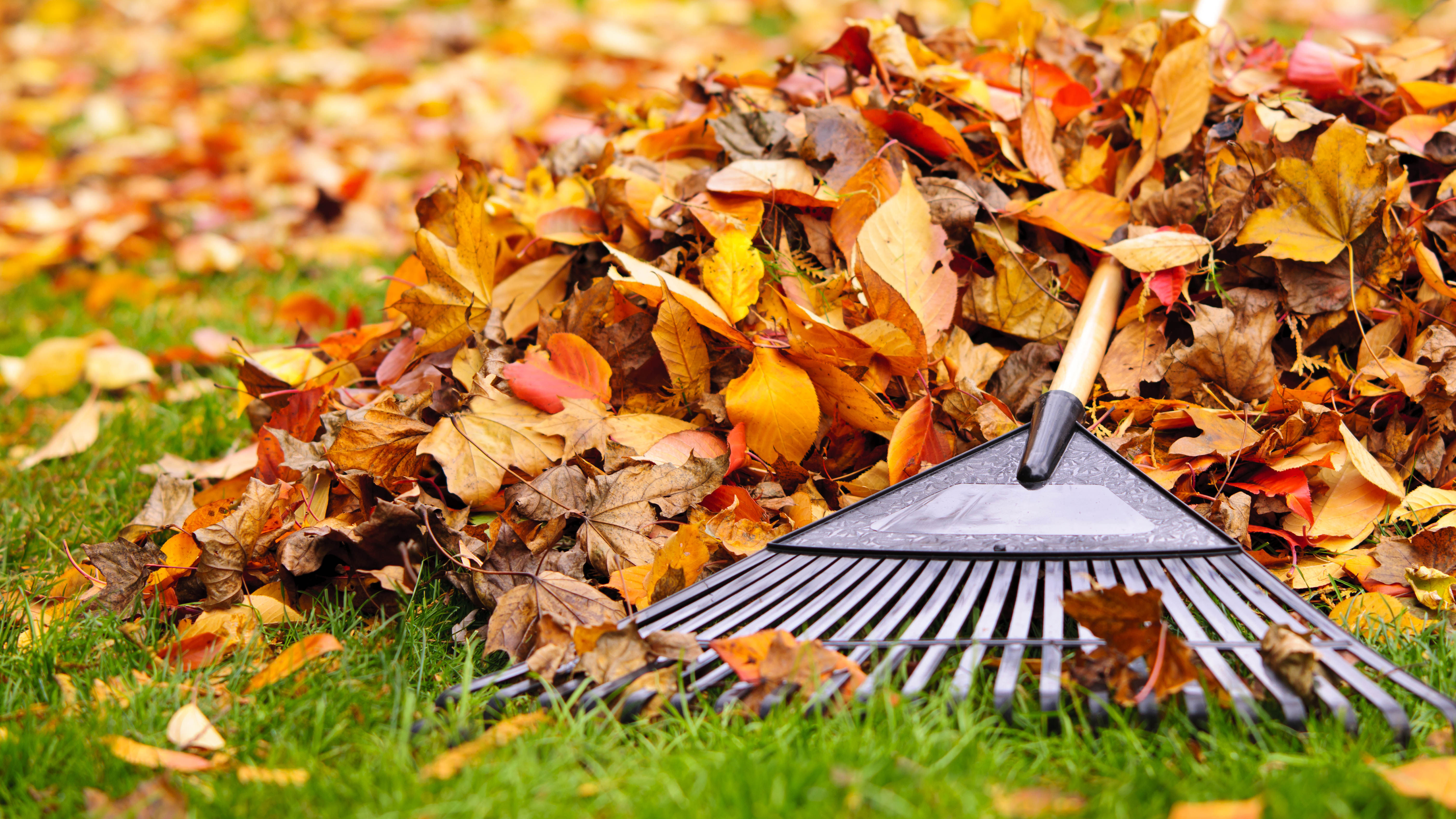
A garden is naturally going to accumulate some fallen leaves, dirt, and other natural debris, especially during fall when the plants and trees begin to shed.
While this fallen foliage can look somewhat attractive, it’s best to regularly clear it away from paths, borders, and lawns. This is because those piles of debris will eventually rot and die, creating the perfect habitats for all kinds of unwanted pests and diseases.
By consistently sweeping away the dead leaves, you eliminate the opportunity for insects to establish a home there, thus protecting future growth.
This metal rake comes with an adjustable head that can expand from 7-23 inches to suit your task. This allows it to pick up large leaves, clippings and lawn debris with ease, and it's also small enough to fit under hedges.
5. Prune rambling and climbing roses
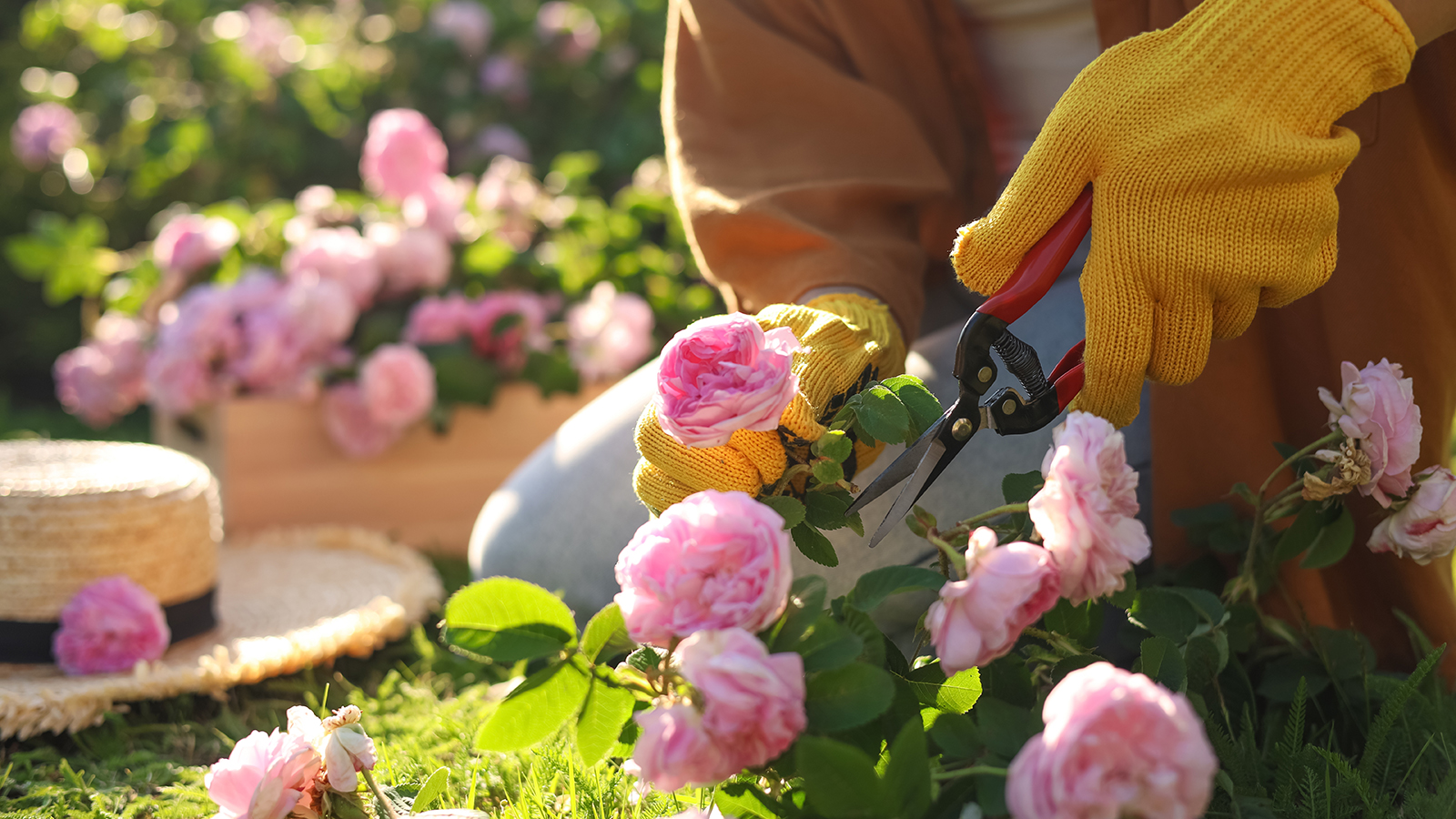
Many species of rambling and climbing roses will bloom late into the summer, but October should be a safe time to begin pruning back any straggling vines.
While you want to maintain the vining effect, it’s also important to neaten and cut back older stems in order to direct the plant towards its healthiest growth. This smaller, more compact shape is also easier to protect over the winter.
Once pruning is complete, tie any stems into place so that there is less chance of strong autumn winds causing damage to the plant.
6. Harvest cool season vegetables
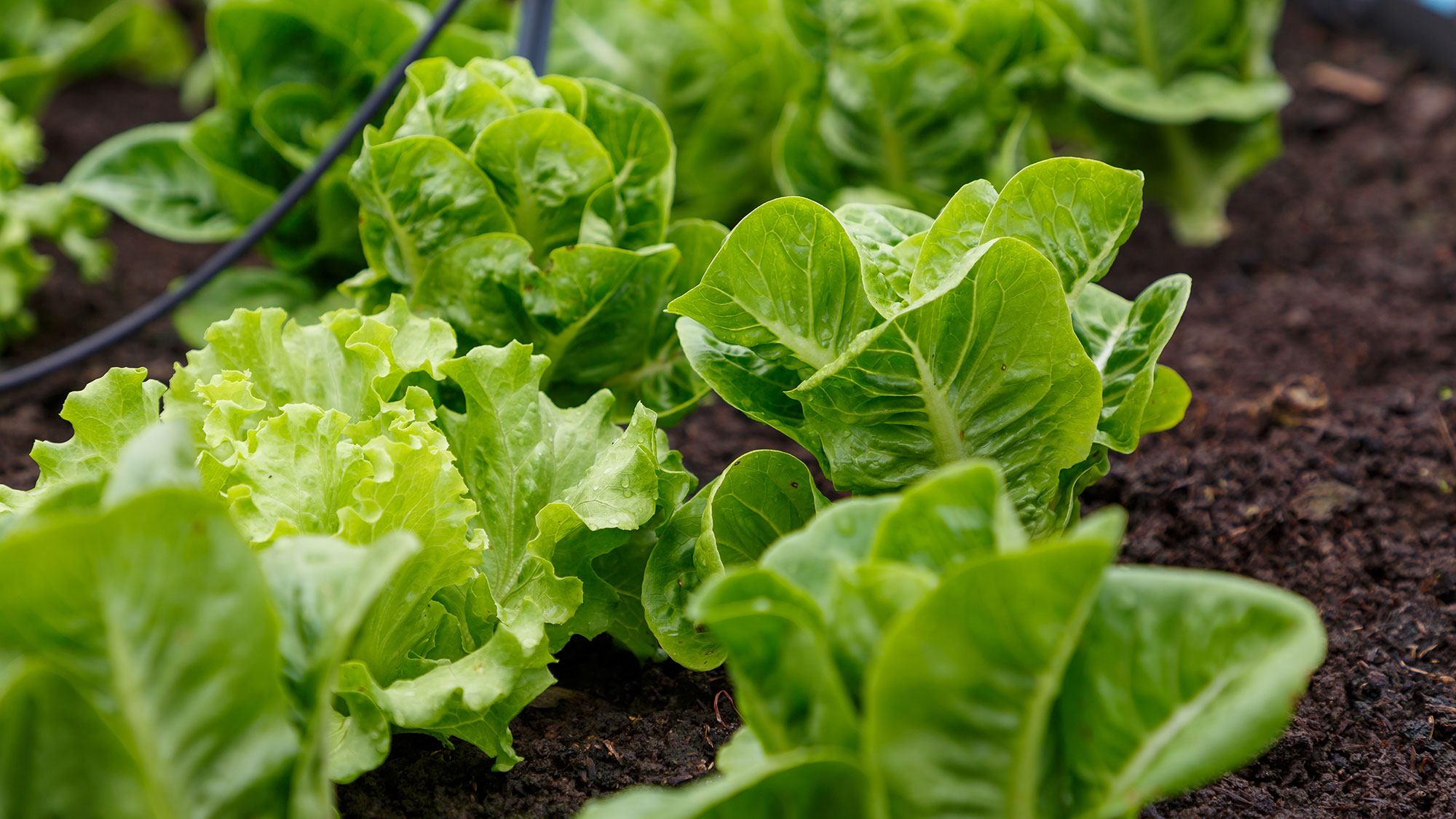
The days of tender asparagus and vibrant lettuce are long behind us, but the vegetable patch should still be producing a good bounty of greens.
In October, this will likely include kale, swiss chard, and the last of the runner beans. Take some time to collect the ends of these crops and fill your plate with fresh vegetables for a little while longer.
While you’re at it, you may want to plant some spring cabbage seeds and clear out any remaining vegetation from spent crops, so that their dying leaves don’t become a harbor for pests and disease.
7. Mulch plants
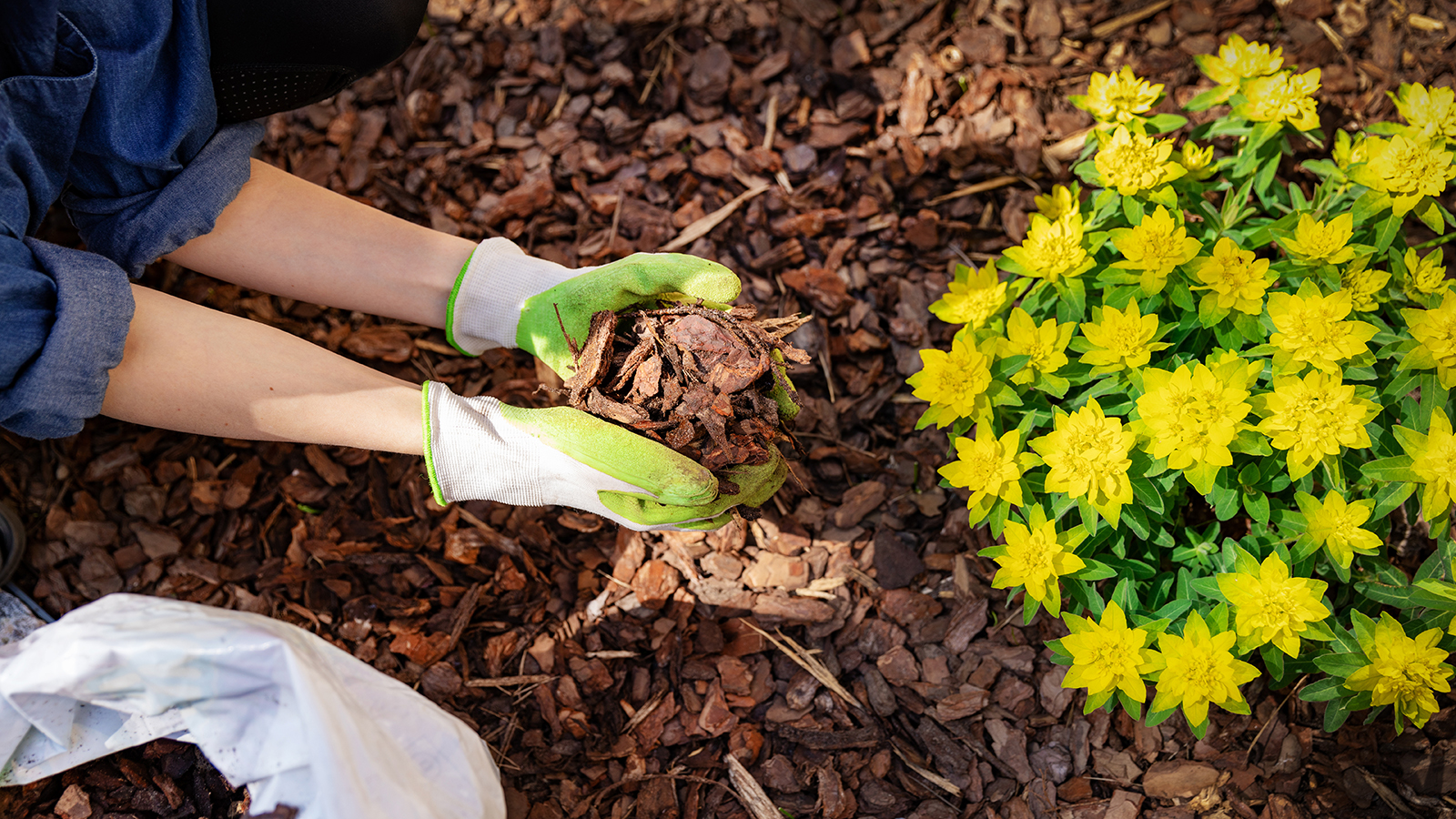
Drier summer months, combined with heavy production, can take its toll on plants. Use the final warm days of the year to apply a layer of mulch to more vulnerable plants, to help protect them from cold and restore their nutritional balance.
Incorporate compost into your mulch for best results on the soil quality. Mulch is also a good way to help suppress the growth of weeds during months when there is little competition from other plants in the garden; while it won’t be completely foolproof, it can be of use to the busy gardener.
These garden gloves are made of nylon and nitrile and come in three sizes — small, medium and large. They offer excellent non-slip properties, are comfortable around the wrist, breathable and machine washable. At Tom's Guide, we recommend them as the best overall gardening glove.
8. Treat the lawn
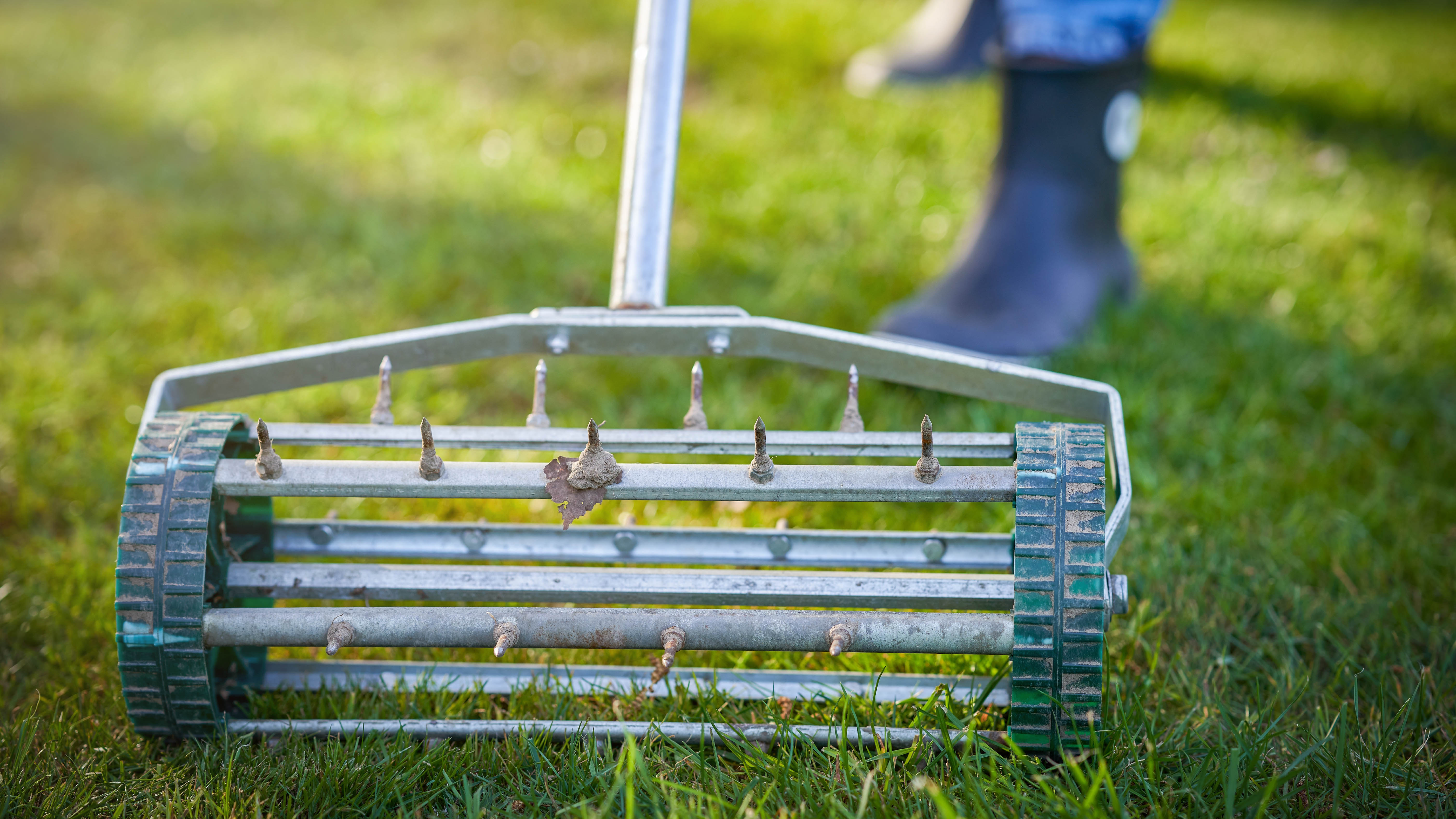
Similar to the flowering or fruiting plants in the garden, summer can be a draining time for lawns. After weeks of heat and frequent footfall, lawns will likely be in rough shape and so could do with a bit of nurturing.
Once you’ve raked any leaves and debris away, apply some lawn feed or fertilizer to refresh the grass with nutrients. Compacted lawns will also benefit from some aeration, so spike the lawn and fill the holes with grit to encourage better drainage and ventilation.
9. Plant evergreens and hedges
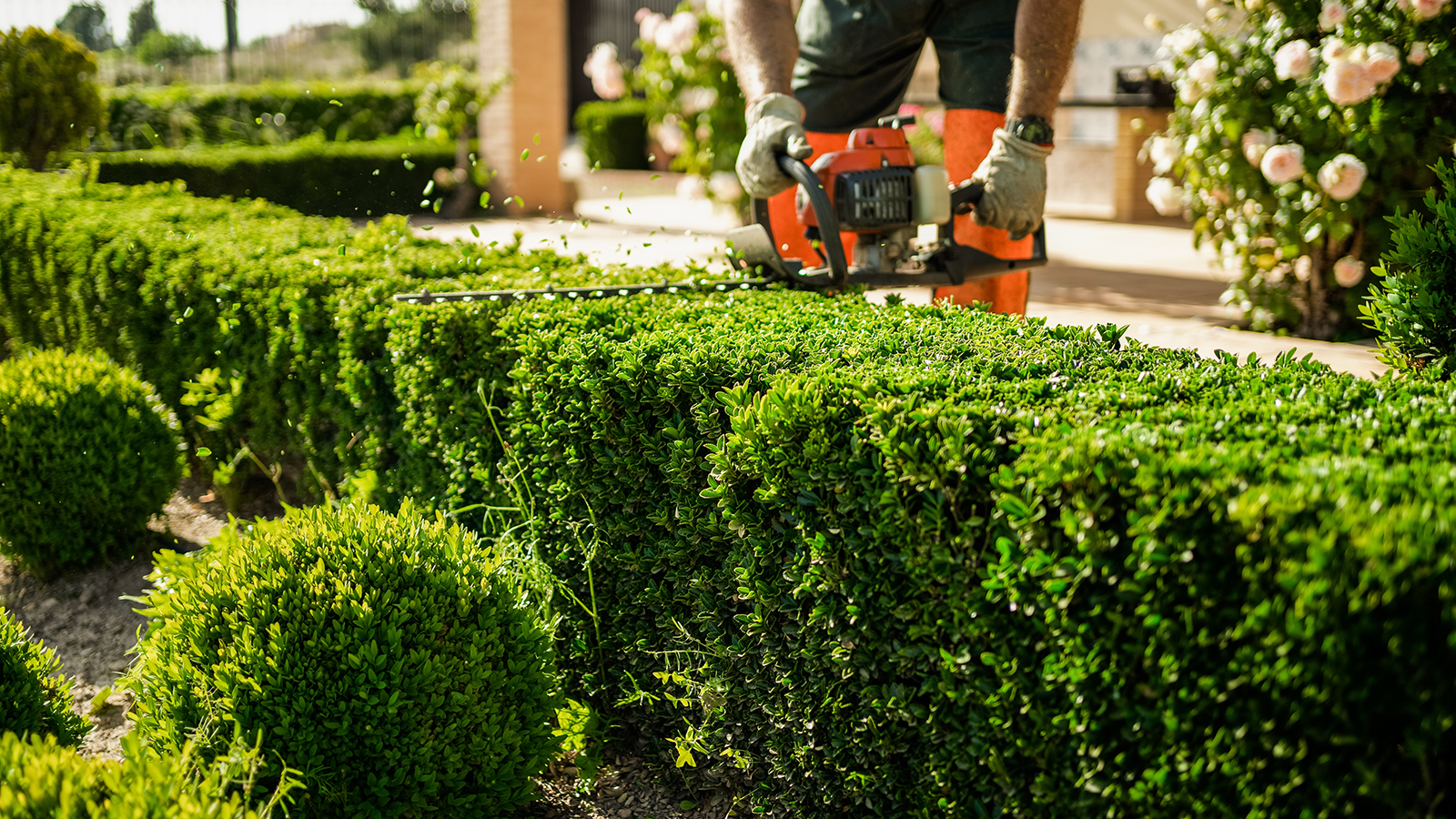
If you’re feeling a bit glum about the greys of winter, there’s still time to add some verdancy to the garden with some evergreen plants. Many popular evergreens can be planted in October while the soil is still warm and hospitable, providing immediate greenery and even sometimes colorful berries to the winter landscape.
They can also add structure and shape throughout the year, making this a thoughtful investment for year-long enjoyment.
Follow Tom's Guide on Google News and add us as a preferred source to get our up-to-date news, analysis, and reviews in your feeds. Make sure to click the Follow button!
More from Tom's Guide
- How to tell if your vegetables are ready to harvest — garden pros share the top signs
- 7 mistakes to avoid when growing vegetables
- 9 easiest vegetables to grow for beginners

Despite making her home in urban metropolises, Madeleine Streets has been nurturing a green thumb for decades.
Raised by a garden designer, she is putting that childhood education to use by helping others learn how to make their garden bloom, while filling her own New York home with cat-friendly plants.
When not writing about gardening and the outdoors, Madeleine loves to cook, study wine and borrow books from her local library.
You must confirm your public display name before commenting
Please logout and then login again, you will then be prompted to enter your display name.
